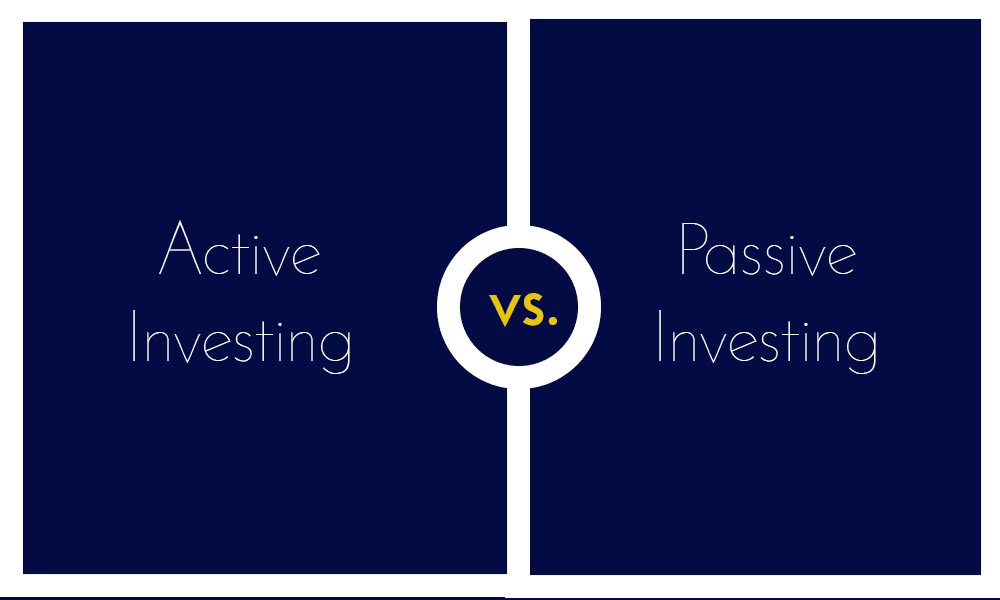How To Invest In Bonds?

How to Get Started Investing in Bonds: A Beginner’s Guide.
How to invest in bonds: A well-diversified investment portfolio can benefit greatly from the addition of bonds as a type of investment. Bonds are debt securities that are issued by businesses and governments to raise money. They are a desirable alternative for income-seeking investors since they provide a fixed rate of return over a particular time frame. The fundamentals of bonds, their mechanisms, the various kinds of bonds and their advantages, how to select the best bond for your investment portfolio, the risks and rewards of bond investing, and advice on making the most of bond investments are all covered in this guide.
Understand the basics of bonds, including how they function, what they are, and how to invest in bonds.
A bond is a debt security that symbolises a loan that an investor made to a borrower, typically a business or governmental organisation. The borrower consents to return the loan’s principal amount at maturity as well as interest, which is normally paid semi-annually. The loan is expected to be fully repaid on the bond’s maturity date.
Bonds can be purchased and traded on financial markets in $1,000 increments. Similar to a stock, a bond’s price can change, although it normally does so in the opposite direction of interest rates. Bond prices decrease when interest rates increase and increase when interest rates decrease.
The Various Bond Types and Their Advantages.
Bonds come in a variety of forms, including corporate, government, municipal, and Treasury bonds. Before selecting the best bond for your investment portfolio, it is necessary to grasp the distinctions between each form of bond and the advantages they each offer.
Corporate Bonds: Businesses issue corporate bonds to raise money. Compared to government bonds, they give investors a chance to earn a higher rate of return, but they also carry a higher risk. Credit rating companies like Moody’s or Standard & Poor’s, which offer an evaluation of the company’s capacity to repay its debt, may evaluate corporate bonds.
Government Bonds: The federal government issues government bonds, commonly referred to as treasuries, to fund its activities. As they are backed by the full faith and credit of the United States government, government bonds are among the safest financial assets.
Municipal Bonds: Also referred to as “munis,” municipal bonds are issued by state and local governments to fund infrastructure projects, including roads, bridges, and schools. Municipal bonds are a desirable option for investors in higher tax brackets since they provide income that is tax-free.
Treasury Bonds: The federal government issues Treasury Bonds, which can mature in 10 or 30 years. Given that they are backed by the full faith and credit of the United States government, Treasury bonds are among the safest financial investments available.
The Best Bonds to Add to Your Investment Portfolio.
It’s critical to consider your investment objectives, risk tolerance, and the bond’s credit rating when selecting the ideal bond for your portfolio. The yield on the bond—the interest rate it pays—must also be taken into account. Consider a corporate or municipal bond if you’re looking for a better rate of return. A Treasury bond or a government bond may be a better alternative if you’re seeking a safe and secure investment.
Bond Investment: Risk and Return.
Bond investing provides a risk vs return trade-off. Although they normally carry less risk than stocks do, bonds have lesser returns. On the other hand, bonds can guarantee a consistent income stream and act as an inflation hedge. Before investing in bonds, evaluating your risk tolerance and financial objectives is critical.
Stay connected, and never miss an update! Follow us on Facebook for the latest news and insight.
Acquire the skills to invest in stocks and grow wealth by exploring the available resources.




